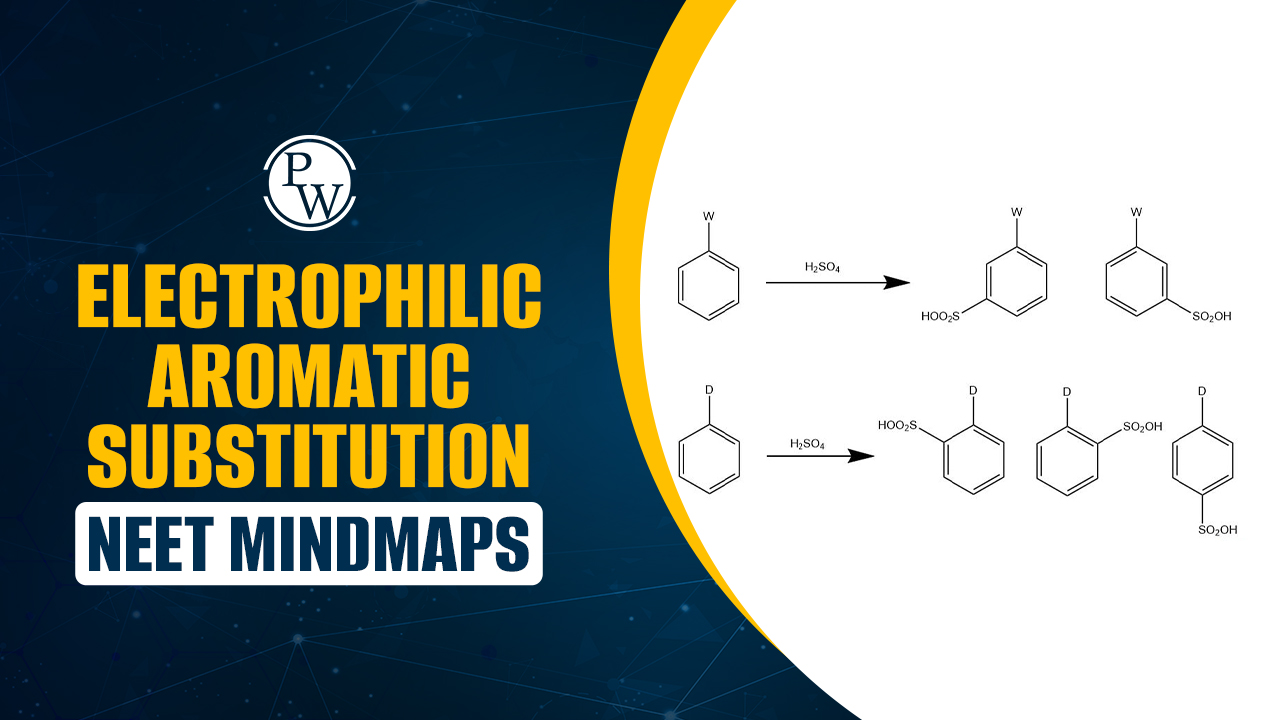

Difference between Leopard and Jaguar: Among the world’s great feline species, jaguars and leopards are two of the most impressive and eye-catching. As apex predators, they have much in common, but there are also several key differences between them.
Both leopards and jaguars are members of the genus Panthera, but they are separate species within the big cat category. Leopards tend to be more secretive, preferring to hide in trees and shrubs, while jaguars are more bold and often travel through open areas.
Jaguars and leopards have different dietary preferences, with jaguars primarily eating reptiles and leopards eating a wider variety of foods, including mammals, birds, insects, and fish. Both jaguars and leopards are members of the Panthera genus, along with tigers and lions, and are the only four animals capable of roaring.
These strong animals are fierce protectors of their habitats and typically live solitary lives. Leopards and jaguars typically only interact with their mates or offspring. Some key Difference between Leopard and Jaguar are provided in the article below.
Difference Between Leopard and Jaguar Overview
It can be hard to tell the difference between leopard and jaguar at first glance, as they have similar appearances. However, upon closer inspection, several key differences become apparent. Jaguars have a smaller body, a wider head, and a more muscular build than leopards. Leopards, on the other hand, have a longer tail. Both species have a rosette pattern on their skin, but the jaguar's rosettes have spots within them.
Additionally, another key way to tell these two cats apart is by their geographical location. Jaguars mainly live in the Amazon, while leopards are found in sub-Saharan Africa, parts of Asia, and the Middle East. It is important to note that leopards also used to live in Japan and Hong Kong. This article will explore the difference between leopard and jaguar.
Difference Between Leopard and Jaguar
Leopards and jaguars look so similar that it is difficult to tell them apart. They are both members of the Panthera genus, which is part of the larger feline family that includes lions and tigers. Jaguars, scientifically known as Panthera onca, are a distinct species within this genus. Despite their visual similarities, leopards and jaguars have structural and behavioral differences. The table below details some of the difference between leopard and jaguar:
| Difference Between Leopard and Jaguar | ||
|---|---|---|
| Comparison Criteria | Leopard | Jaguar |
| Weight | Male: 40 kg to 80 kg, Female: 20 kg to 60 kg | Male: 110 kg to 120 kg, Female: 85 kg to 90 kg |
| Rosettes | Rosette pattern with no spots | Larger rosettes with spots at the center |
| Head | Smaller forehead | Broader forehead |
| Tree Climbing | Very agile and prefer climbing trees | Rarely climb trees |
| Jaw | Narrow jaw | Wider jaw |
| Body | Small built, light, and long body | Stockier, muscular, and bulkier physique |
| Tail | Shorter tail | Longer tail |
| Independence | Stay longer with their parents | Leave their parents early |
| Water | Do not like staying in the water | Enjoy spending time in the water |
| Life Expectancy | 12 to 15 years | 13 to 15 years |
| Diet | Varied diet with almost 100 species | Adapt accordingly, up to 85 species |
Leopard
Leopards are members of the Felidae family. They have a long, muscular body, short legs, and a large skull. Their coat is covered in rosettes, similar to those of jaguars but lighter in color. Black leopards are also known, but their spots are difficult to see because of their dark fur. Leopards have long tails that help them balance while climbing trees. Leopards are adaptable predators that can live in a variety of habitats. They eat various prey, including antelope, wildebeest, and zebra. Leopards often drag their kills into trees to avoid other predators, such as lions, hyenas, and wild dogs.
Leopards establish territories and communicate with fellow members through tree scratches, urine scent marks, and feces. Individual leopards have varying taste preferences, which include bugs, fish, antelope, monkeys, rodents, deer, and other available prey. Renowned for their climbing prowess, leopards take refuge in tree branches and can hoist their hefty prey to avoid interference from other animals.
Female leopards can reproduce anytime, producing two to three cubs per birthing. Leopards use a variety of vocalizations, including hoarse, raspy coughs to signal their presence and warn others. Growling signifies anger, while purring, similar to domestic cats, conveys contentment.
Jaguar
Jaguars, a prominent feline family member, are largely restricted to South and Central America. They have the longest jaw structure of any large cat and are frequently found in wetlands, where they enjoy swimming. While they can climb trees, their shorter tails distinguish them from other tree-climbing species, and they do not do so frequently. Jaguars and leopards are difficult to distinguish due to their striking similarity, but their ecological roles and behaviours are more closely aligned with those of tigers.
Jaguars are the most powerful members of the cat family, surpassing lions and tigers in strength. The term "jaguar" is derived from the indigenous word "yaguar," which means "one who kills with one leap." Unlike leopards, jaguars have large, rounded heads and short legs with black dots in the center of their rosettes. These large felines are adept swimmers and enjoy aquatic environments. Their vocalization, often described as a "saw," resembles the sound of sawing wood. Jaguars exhibit nocturnal and diurnal hunting habits, demonstrating their ability to adapt to day and night activities. The jaguar's powerful teeth allow it to easily bite through crocodilians' thick hides and turtles' tough shells.
Physics Wallah provides the NEET Online Coaching and aims to provide the best possible preparation for the prestigious and challenging NEET (National Eligibility cum Entrance Test) medical exam. The NEET online coaching aims to provide students with highly experienced and knowledgeable teachers who specialize in the subjects required for the NEET exam , namely physics, chemistry, and biology.Difference Between Leopard and Jaguar FAQs
How do jaguars and leopards differ?
Is a black panther a leopard or jaguar?
Do jaguars live in India?
Can jaguars and leopards mate?
Do jaguars pose a threat to humans?












